Table of Contents
Lamayuru Monastery Ladakh – Top Attraction in Leh Ladakh
The Lamayuru Monastery in Ladakh is one of the oldest monasteries and dates back to the 11th century. The Lamayuru monastery is located about 115 kilometers from Leh and about 108 kilometers from Kargil. Read on to know more about the history of Lamayuru Monastery, visiting Lamayuru Monastery, how to get to Lamayuru Monastery, and much more.
Visiting Lamayuru Monastery – The Experience
“Clang, clang”, the sound of metal striking against rock reverberated across the surrounding hills. We climbed down steep stone steps and paused to catch our breath at the Lamayuru Monastery.
A woman who was breaking stones looked warily from the corner of her right eye. “The old temple is still further down, if it is closed, take the key kept just above the door, and go inside”! was her terse and mysterious command.
The feeling of mystery, awe, as well as eeriness, envelops you, as you walk across the crumbling ruins of the Lamayuru monastery in Ladakh. We were exploring Lamayuru while in Ladakh for the famous Naropa festival which we had attended near the Hemis Monastery in Leh.
Lamayuru monastery in Ladakh, India is one of the oldest monasteries in the region and dates back to the 11th century. It is one of the top attractions in the Union Territory of Ladakh.
Intrigued at what awaited us, three of us made our way down through the rickety and often crumbling steps, on the way we found collapsed structures, passages that terminated in cul de sacs, wild trees with ominous-looking thorns, and above all a stealthy and eerie silence occasionally disrupted by the howling of the wind.
We had left our group behind and were in the older section of the Lamayuru monastery complex. It was a section that lay crumbling in ruins and long abandoned. The sprawling complex of the monastery is an intriguing tapestry of structures that range from contemporary to abandoned ruins.
The Lamayuru monastery complex is said to be one of the oldest along with the Alchi monastery in Ladakh. Lost in the 11th-century ruins of Lamayuru we were looking for the oldest temple in the complex, that still functioned, the Singay Lakhang.
Singay Lakhang – The Oldest Temple in The Lamayuru Monastery
We stood in front of an old wooden door that had obviously seen the passage of time. Colored prayer flags swayed from the top of the door. The door was set in the wall of a decrepit-looking structure.
Was this the Singay Lakhang, one of the surviving 11th-century temples in Lamayuru, we wondered.
As we stood hesitatingly in front of the door that was secured by a big brass lock at the top, the words of the woman whom we had met on the way came back to us. We found a key dangling from the side of the door frame and we quickly unlocked the door.
As we pushed the door open, a cool draught of air met us from the dark interior of the place. It was pitch dark inside and we were assailed with a strange feeling that bordered on fear. However, our pupils dilated and our eyes slowly adjusted to the darkness. In front of us, we could now see the wall sculpture of the primordial form of the Buddha known as Vairocana.
He was flanked by the images of different Buddhas in meditative postures. These included the images of Akshobhya, Amitabha, Amoghasiddhi, and Ratnasambhava. The five Buddhas together are known as the five Tathagata and together represent the principle of enlightenment in Buddhism.
The temple was obviously dedicated to Adi Buddha or Vairocana as he occupied the central place. There was a motif of Garuda (Eagle) and serpents on the wall above the head of Vairocana while he was flanked by a lion on each side.
As we gazed at the ancient images in front of us, strange feelings of peace conflicting with fear seemed to assail us. We did not switch on the lights though, as our eyes were now accustomed to the darkness inside and there was some light streaming in from the open door.
Our attention was then drawn to another room on the left side of where we stood in front of the image of Vairocana. A heavy curtain covered the open doorway to this room. A strange fascination took hold of us as pushed aside the curtain to enter another room which was again in darkness.
We froze in fear as our eyes once again adjusted to the darkness. Looking down ferociously with teeth bared and fangs protruding were three figures whose demeanor chilled us to our very marrow in the darkened atmosphere of the desolate and old temple.
To add to the eerie atmosphere as our eyes looked away from the fearsome figures we saw the sketches of dancing skeletons on the wall.
In a flash we were out of the room and with a bow to the images of the five Buddhas, we quickly locked the door, hanging the key back in its place, and retreated towards the main temple.
It was only later that we realized that the room with the ferocious figures was actually a temple dedicated to the Dharmapalas or protectors of Dharma. These are fierce deities who are depicted in wrathful countenances in the Mahayana and Tantric traditions of Buddhism.
Though fearsome to look at the Dharmapalas are said to be compassionate and Bodhisattvas themselves, who adopt their terrifying avatar to protect the followers of Buddhism.
Those moments that we spent in the old temple in the monastery remain etched in our minds forever with their surreal, fearful, and yet strangely mystical aura.
We climbed back as if literally to reality from the recesses of time as it were, on the way we passed the woman who had directed us to to the old temple bent over her work.
As we looked downwards at the crumbling ruins of what once must have been a bustling monastery resonating to the sounds of esoteric chants and the chatter of young monks, a surreal feeling still gripped us.
The brown hills that framed the ruins in the background too seemed to have an aura of intrigue. Strange figures seemed to have been naturally carved on the face of the hills which seemed to assume menacing forms as our imagination ran riot.
The Legend of Lamayuru
The moment you enter the land of Lamayuru situated at a lofty height of 11,520 feet you get an other-worldly feeling. This feeling is further accentuated by the dramatic landscapes and the ruined structures that remain of the original 11th-century monastery. Contemporary and quaint structures built in traditional Tibetan style architecture perched on high cliffs further add to the drama.
The original monastery or Gompa of Lamayuru is said to have consisted of about 5 buildings, the sad, defiant, and crumbling ruins of which can still be seen. Legend has it that Lamayuru was once a lake and the sage Naropa is said to have meditated here.
In fact, a small cave-like alcove inside the main hall of the Monastery is said to have been a cave where Naropa once meditated. It is widely believed that the saint Naropa with his supernatural powers dried up the lake around the area of Lamayuru and founded the Lamayuru monastery. It is also believed that the oldest temple, the Singay Lakhang was built by a monk who was called Rinchen Zangpo who built many Gompas in the Ladakh region during the 11th-century.
Lamayuru is said to be the largest as well as the oldest monastery in the Ladakh region. Lamayuru which stands silent and desolate today was once a bustling center of not only the Buddhist religion but also played a crucial part in the politics of the region.
The Main Temple And Prayer Hall in Lamayuru Monastery
The monastery of Lamayuru can be seen long before you arrive. As you drive up winding roads, you get tantalizing glimpses of white and red structures seemingly nestled precariously on high cliffs. This is your first introduction to the enduring mystery and awe of the Lamayuru monastery.
A small ticket booth is located near a restaurant that serves some lovely local food as well as other north Indian cuisines. This is the place for parking your vehicle and pausing to sit for a few moments on a bench strategically placed, which offers spectacular views of the valley below and the surrounding hills.
A short walk past the ubiquitous prayer wheels, some of which seem antiquated while some seem to be of more recent origin takes you to the main temple and Assembly hall or Dukhang.
A steep flight of steps takes you to the entrance of the temple which has a courtyard and has wooden pillars supporting the floor on top.
Colorful frescoes cover the walls. Most of them faded with the march of time, some of them still preserved while some of them seem to have been restored.
The fresco that dominates the place is that of the four cardinal kings who are mythical beings said to reside in the four cardinal directions of the mythical mountain Mount Meru. These kings are Yulkhor Sung who is white in color and brandishes a guitar and rules the easterly direction.
The west is ruled by Chanme-Zang, red in color and wielding a stupa in one hand and a snake in the other. Phah-Skespo, blue in color and with sword drawn is the defender of the faith and lives in the southern direction.
The yellow-colored Nathos-Ses guards the northern direction with a mongoose spitting diamonds in one hand and a victory flag in the other.
By the side of the Dukhang is a small chamber with three images and this is believed to have been originally the cave where the saint Naropa meditated.
The Surreal Moonland Near Lamayuru
On the way to the monastery if you gaze out of the window, which one can never resist when in Ladakh, you see some landscapes that seem to literally belong to another planet. This is actually what is known as Moonland, the landscapes look like craters on the moon.
We had to pinch ourselves to make sure that we had not walked into another planet or the sets of a Hollywood Sci-Fi movie. One can stop for photos and views of the peculiar and amazing landscapes. For better and panoramic views one needs to climb up to the Lamayuru meditation center perched high up on a cliff close to the Lamayuru monastery.
Ladakh Map
How to get to Lamayuru Monastery | Leh to Lamayuru Map
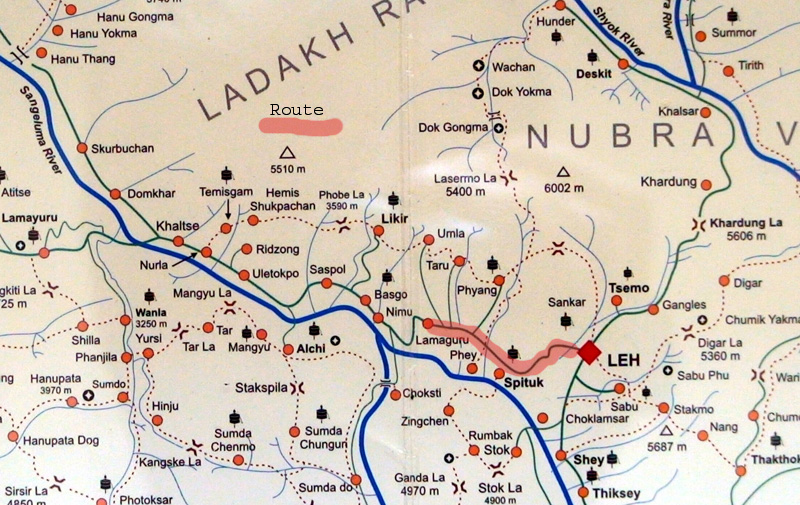
- Lamayuru Monastery is located in the Lamayuru village on the Leh-Srinagar highway in the Union Territory of Ladakh in India
How To Get To Lamayuru By Air
- The nearest airport to Lamayuru is the Kushak Bakula Rimpochee Airport in Leh which is at a distance of about 113 kilometers
- There are flights to and from Delhi, Chandigarh, Jammu, and Srinagar for Leh
- One can fly to Leh and hire a cab to travel to Lamayuru
How To Get To Lamayuru By Road
- Lamayuru can be reached by road from Leh or from Kargil or Srinagar
- Leh to Lamayuru distance is about 115 kilometers
- Kargil to Lamayuru is about 103 kilometers
- Sringagar to Lamayuru is about 305 kilometers
How To Get To Lamayuru By Rail
- Rail is not a convenient and practical means of travel to Lamayuru or Ladakh
- The option is to travel to Jammu by train and then travel to Lamayuru by road
- Jammu to Lamayuru by road is around 583 kilometers
If you are planning a visit to the incredible region of Ladakh, you can book a cheap flight right here through TripAdvisor or Agoda or CheapAir or Cleartrip or Makemytrip, or Priceline. if you are thinking of a road trip to Leh or Kargil or anywhere in India check out the rental car and bus options.
Where To Stay When Visiting Lamayuru Monastery
There are many options for your Lamayuru stay including hotels and guest houses as well as homestays. Some of the hotels include Moonland Hotel, Dragon Hotel Lamayuru among others. The Lamayuru Monastery Guest House is also a good option for stay at Lamayuru.
One can also choose to stay either in Kargil or Leh and do a daytrip to Lamayuru. There are many accomodation options in these places.
You can book your hotel in Kargil or your hotel in Leh through TripAdvisor or Cleartrip or Agoda or Makemytrip or Priceline conveniently right here!
| Click to book the best hotels in Kargil, Ladakh, or best hotels in Ladakh |
|---|
Lamayuru Monastery Ladakh FAQ / Travel Tips
Where is Lamayuru?
The Lamayuru monastery is located in the Lamayuru village on the Leh-Srinagar highway at a distance of about 15 kilometers from the famous Fotu La, the highest pass on the Leh-Srinagar highway.
How do I get to Lamayuru monastery?
The distance from Lamayuru to Leh is about 125 kilometers and well connected by road. The drive itself is an experience to cherish as you drive along the beautiful Indus river valley.
Is there an entry ticket for the Lamayuru monastery?
There is a nominal entry fee to visit the Lamayuru monastery which is also referred to as Lamayuru Gompa or Yuru gompa.
Which is the best time to visit Lamayuru?
The best time to visit Lamayuru Ladakh is between the months of June to September as the roads will not be covered with snow and the place will be accessible. The Lamayuru temperature during this time is just right with minimum temperatures around 8 degrees and a maximum around 28 degrees.
Lamayuru in winter sees the temperature dropping to around -8 degrees. When planning a trip to this region the Ladakh temperature needs to be factored in as well as the high altitudes which can give rise to AMS (Acute Mountain Sickness).
Is there a restaurant in Lamayuru?
There is a nice and spacious restaurant at the entrance to the Lamayuru monastery which serves very tasty Tibetan fare among others including Thupka and momos.
How far is Alchi from Lamayuru?
The distance from Lamayuru to Alchi is about 57 kilometers and the Lamayuru Alchi trek which takes about 5 to 6 days is a popular one across the high mountain passes.
Which is the famous Buddhist festival that takes place in Lamayuru?
The Lamayuru festival that is famous is called the Yuru Kabgyat festival and it is celebrated at the Lamayuru Monastery in Ladakh, India. The Yuru Kabgyat festival is celebrated between the months of June-July and lasts for two days. Buddhist devotees and Lamas from all over the world attend this festival which is noted for its masked dance.
After spending some hours in the mysterious aura of Lamayuru, it was time to head back to Leh Ladakh. Our Leh to Lamayuru itinerary had been an experience to cherish. We were sure .another adventure awaited us just around the bend in the road. After all, when you are in Ladakh, the adventure can never be far behind?
When you are in Ladakh the land envelops you in experiences that verge on the borders of imagination.
Monasteries like the Alchi Monastery, Thiksey Monastery, Likir Monastery, Diksit Monastery, Hemis Monastery, Basgo Monastery, and many others spellbind with their haunting mysticism. No Ladakh trip would be complete without being enthralled with its picturesque natural wonders like the Pangong Lake and the Nubra Valley.
A Ladakh tour without the thrill of high mountain passes including Khardungla, Changla, Lamayuru Pass, Fotu La, and others would be unthinkable too. Ladakh is indeed the best place to visit in summer in India.
If you are looking for a winter destination, Kargil with endless vistas of snow and winter sports including skiing, beckons. It is also the place to salute the brave soldiers of the Indian Army, at the Kargil War Memorial.
Have you been to the magical land of Ladakh? How did you feel at Lamayuru Moonland? If you have not been to Lamayuru India, you must plan to visit there for an out-of-the-world experience.
Do You Love Traveling?
Do you want to know how to travel the world? We have put together a very useful travel resources page with best travel tips. Go check it out now.
Thanks for visiting our site Voyager – imvoyager.com and taking the time to read this post!
If you wish to collaborate/work with us then reach us at [email protected]
We’d love if you’d comment by sharing your thoughts on this post and share this post on social media and with your friends.
[shareaholic app=”share_buttons” id=”27413782″]
Follow our journey on our social media channels:
Facebook Twitter Instagram Pinterest YouTube
60+ Million Users Trust TripAdvisor With Their Travel Plans. Shouldn’t You?
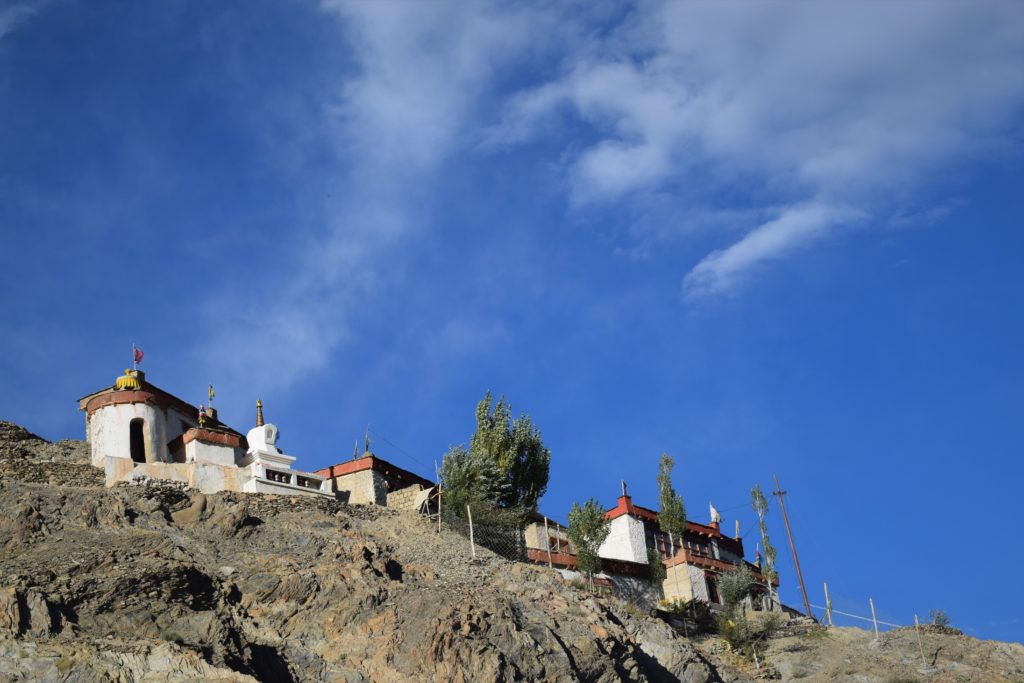
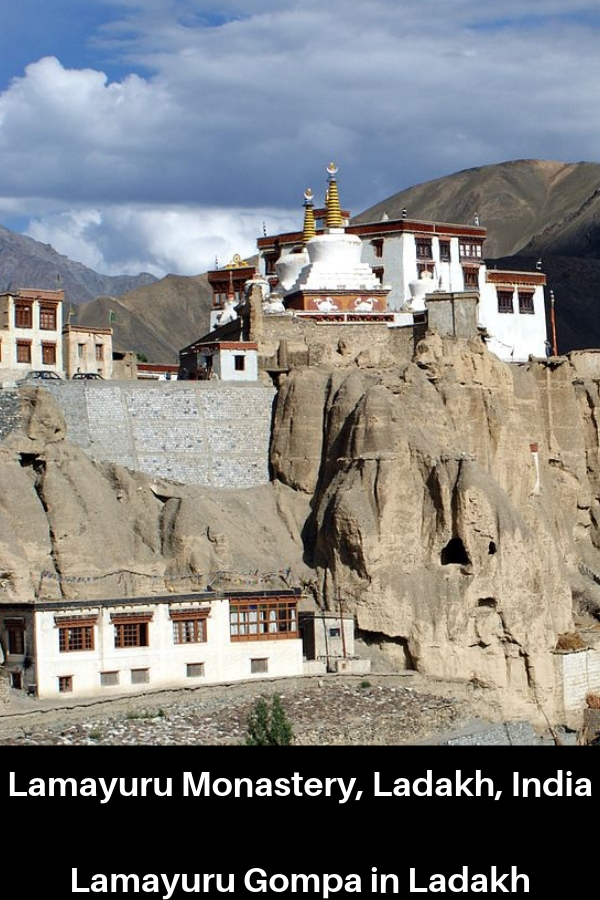
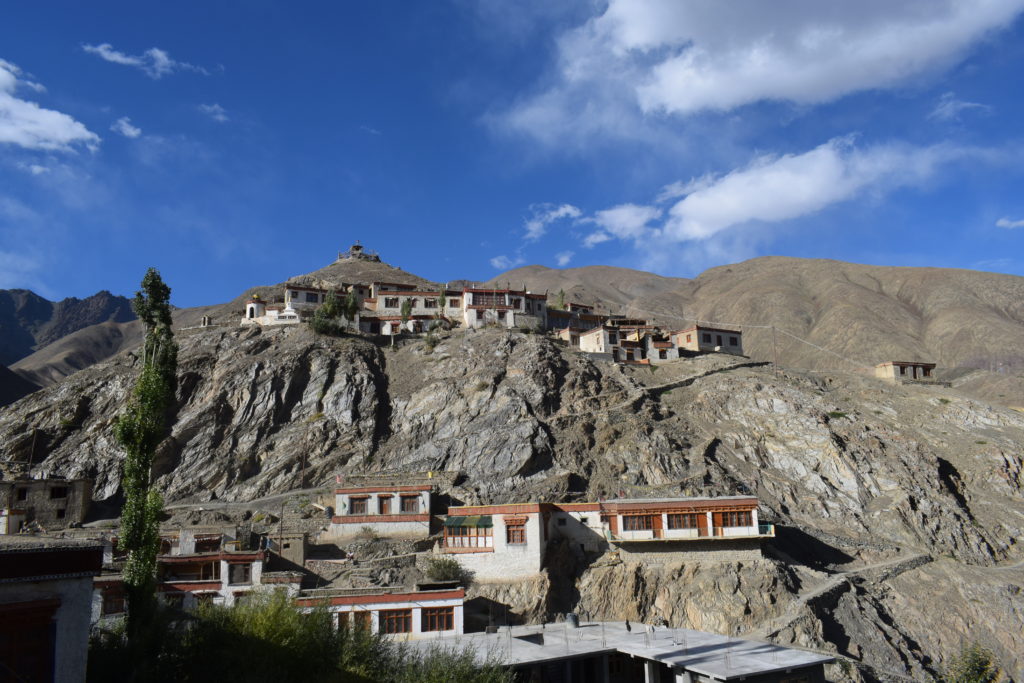

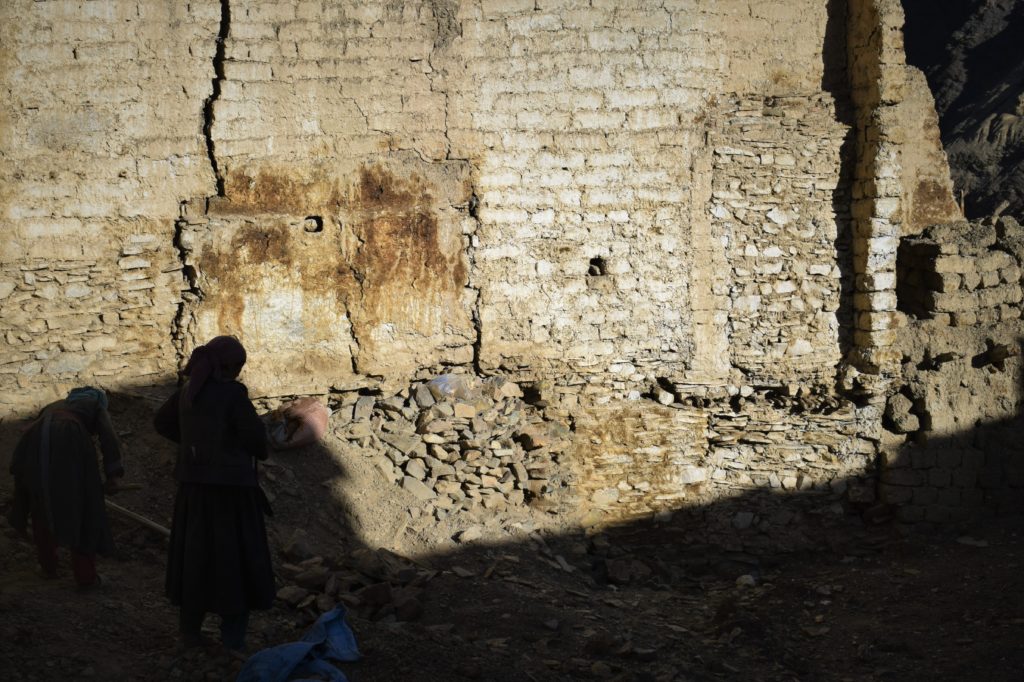

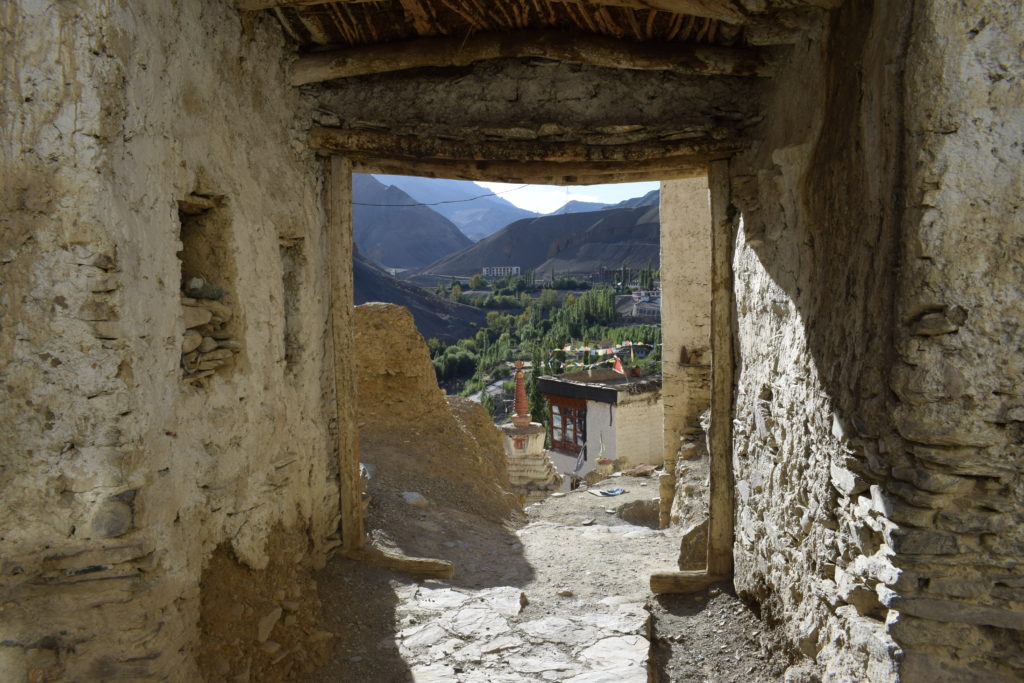
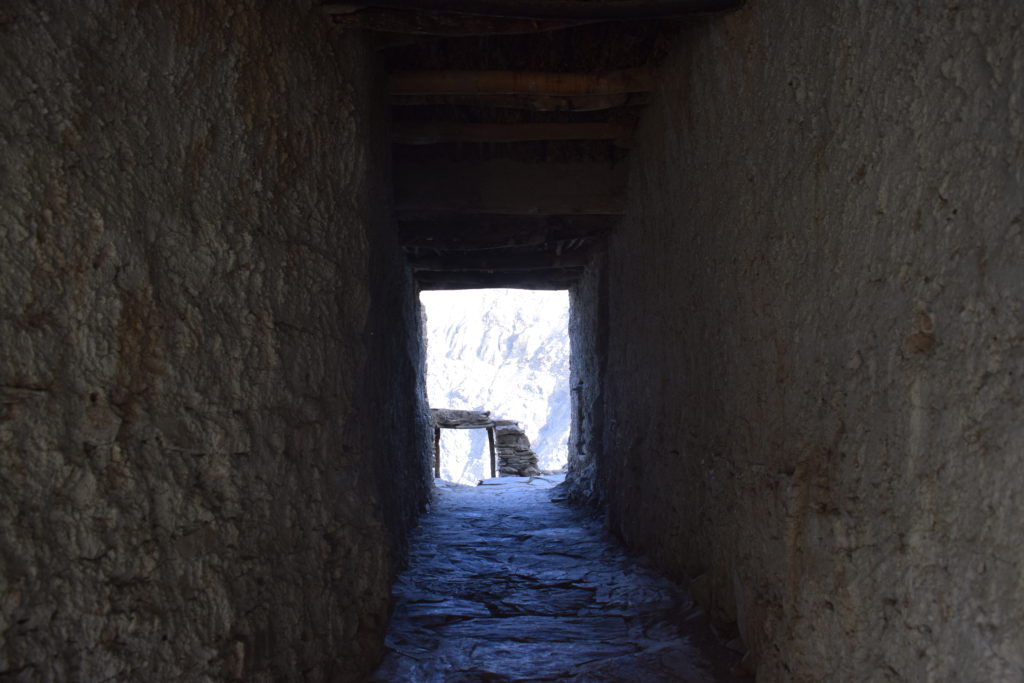
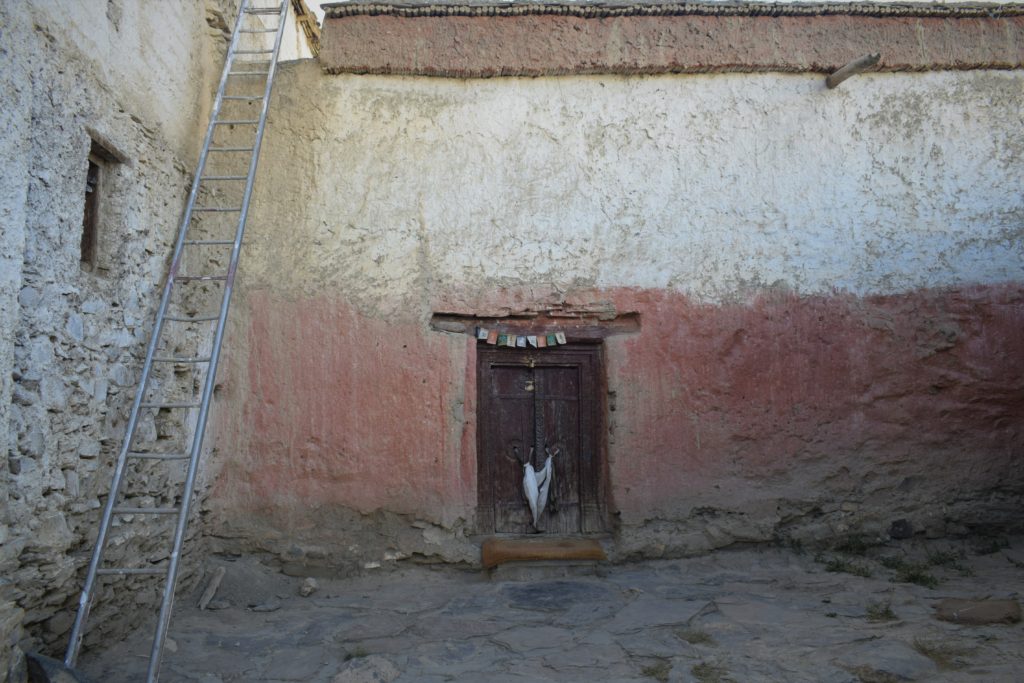
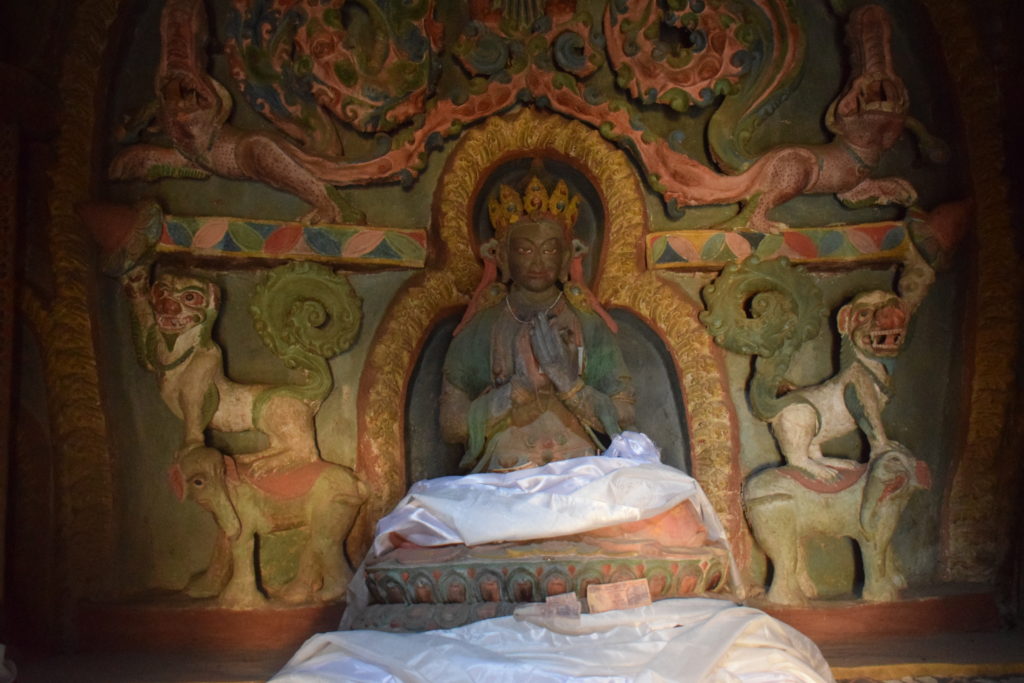
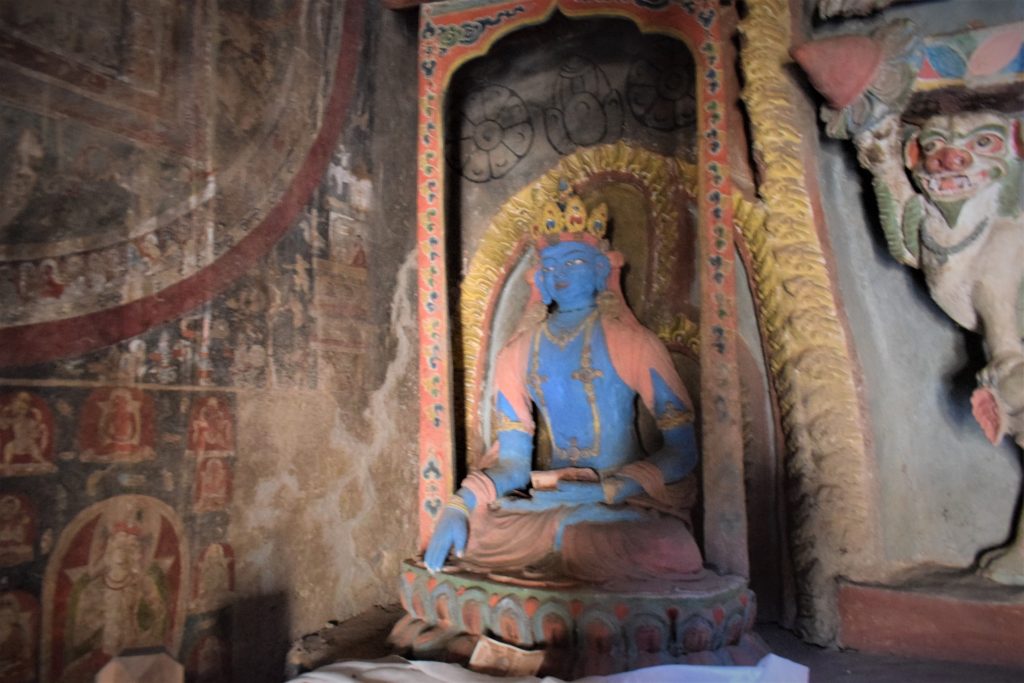
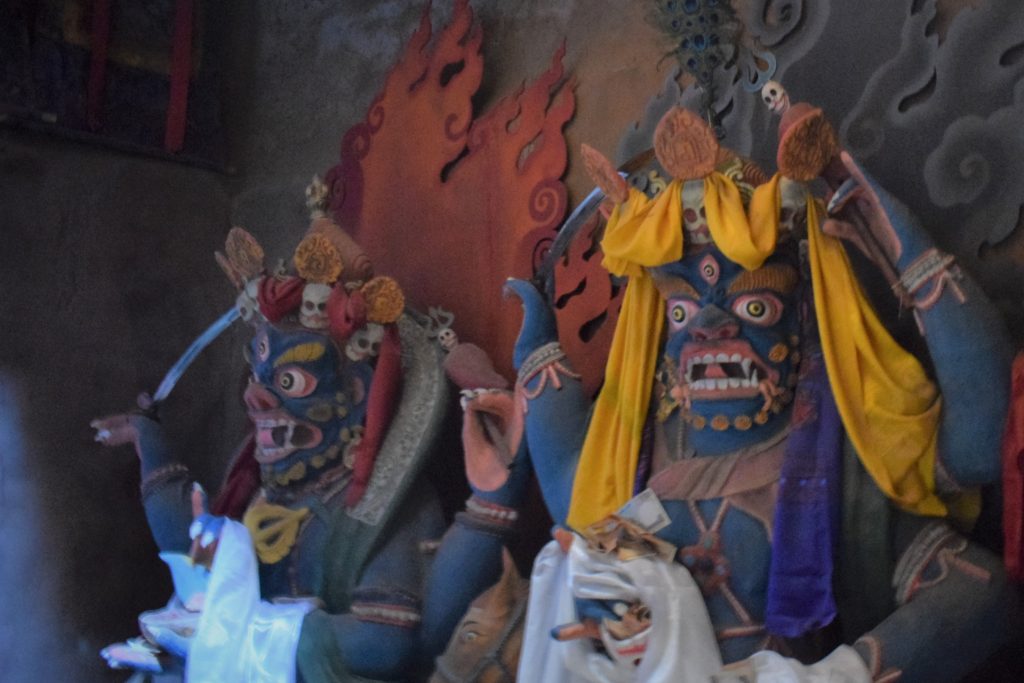
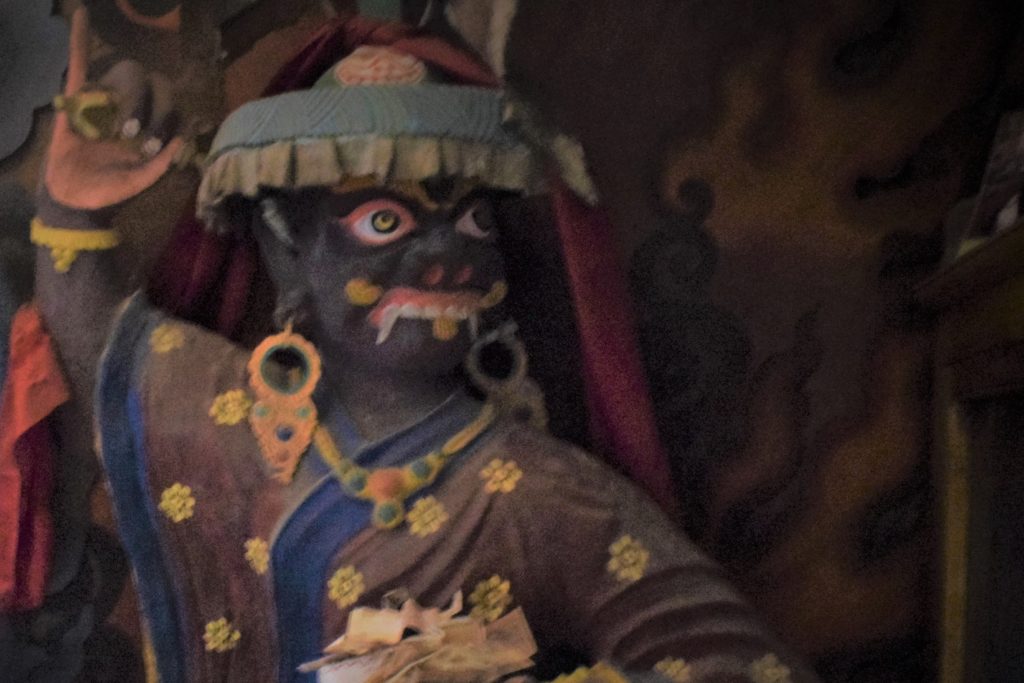
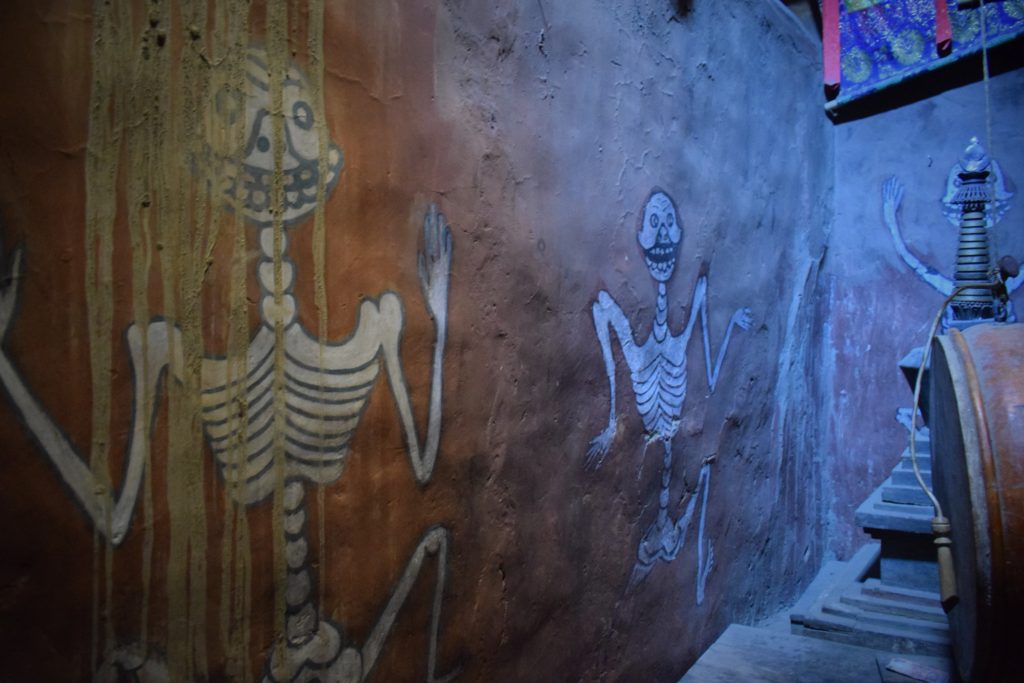
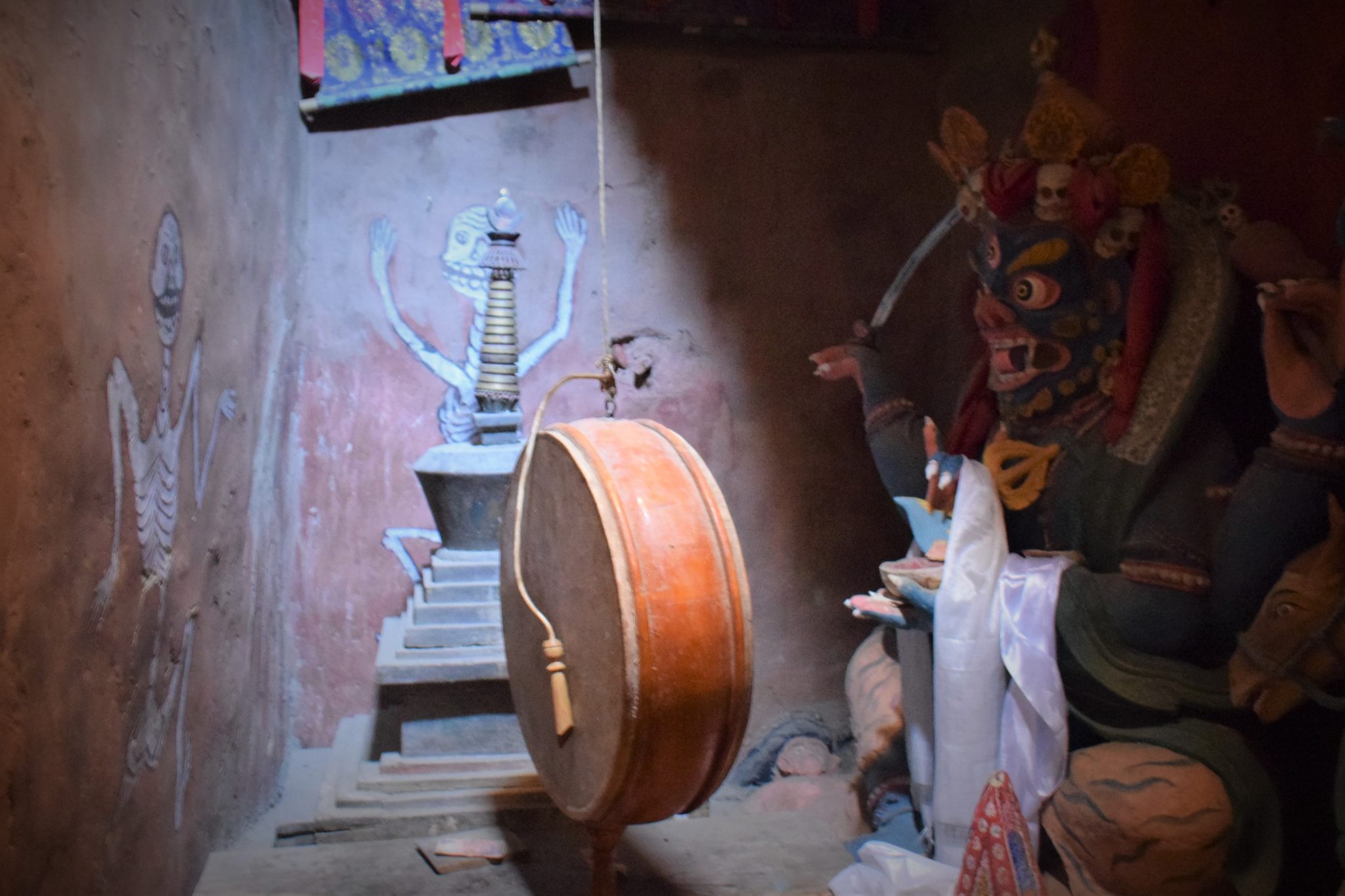
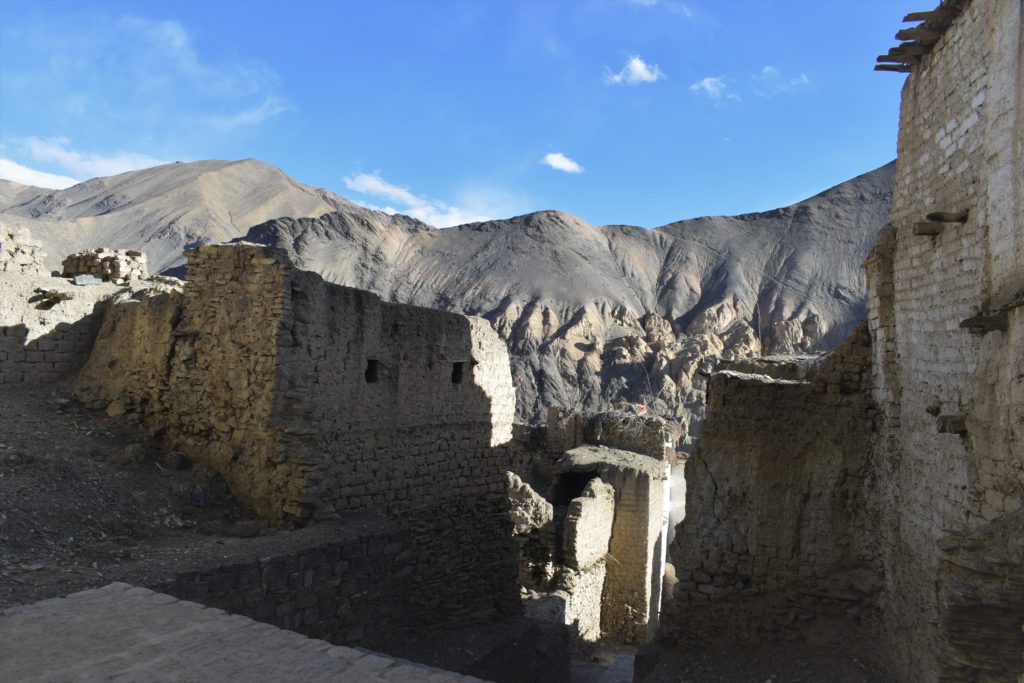
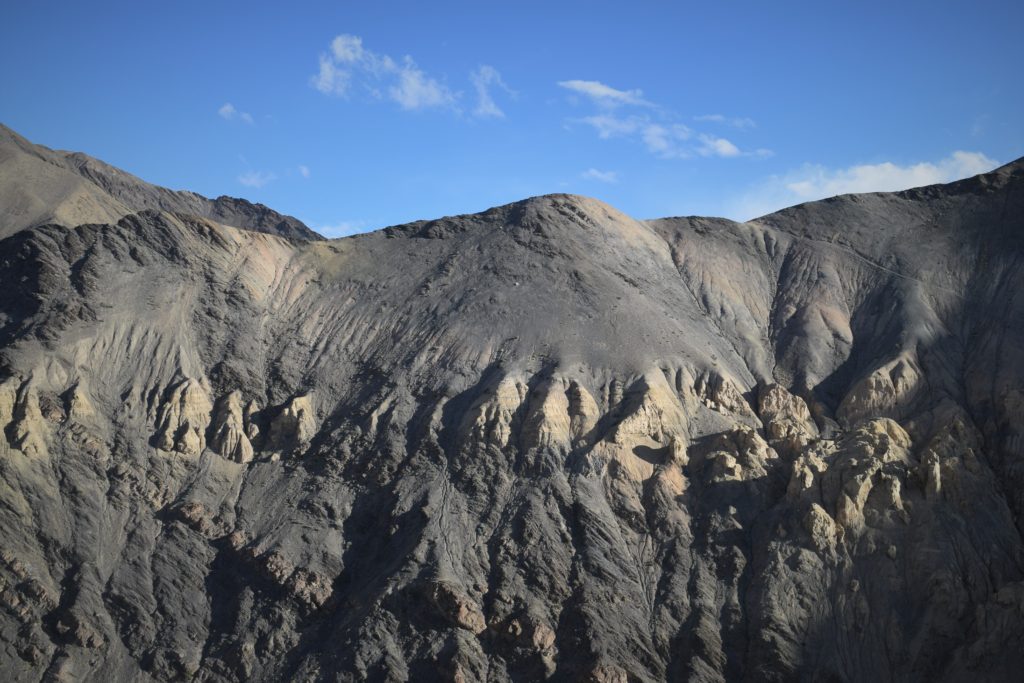

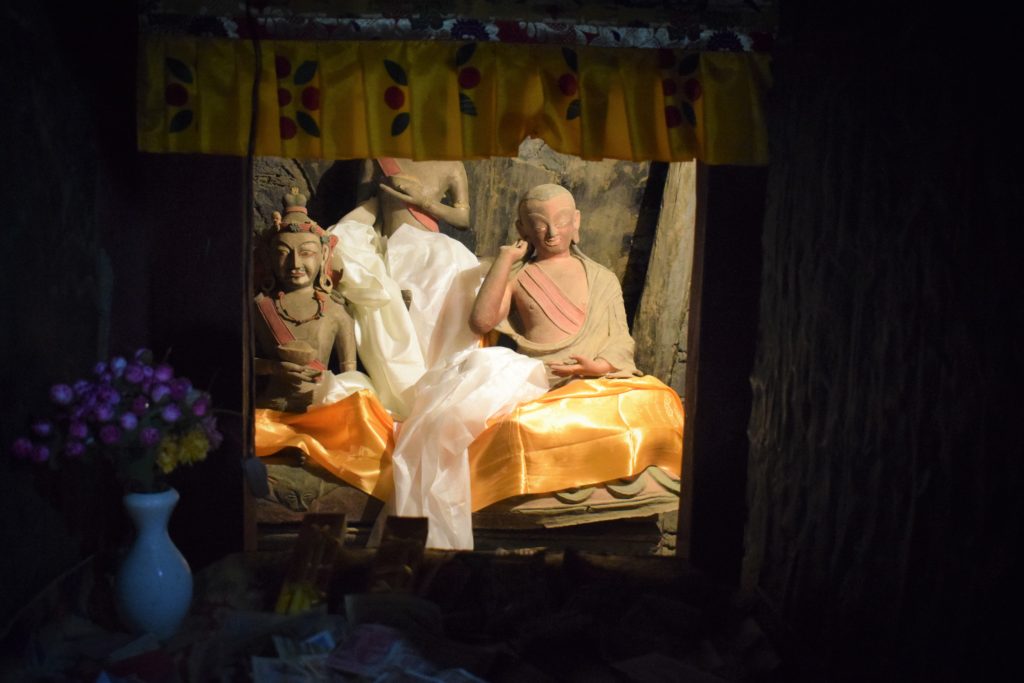
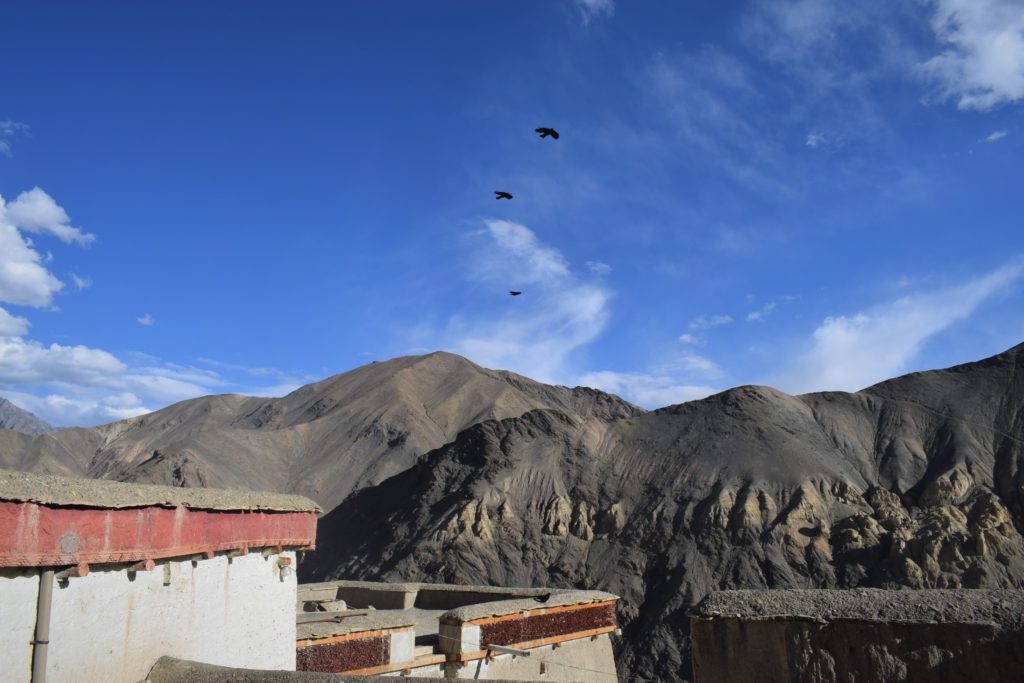
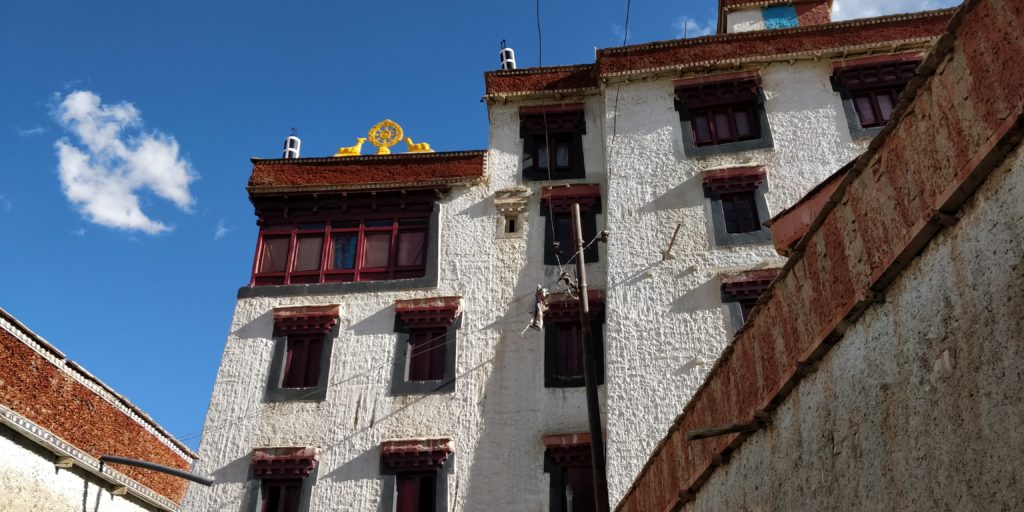
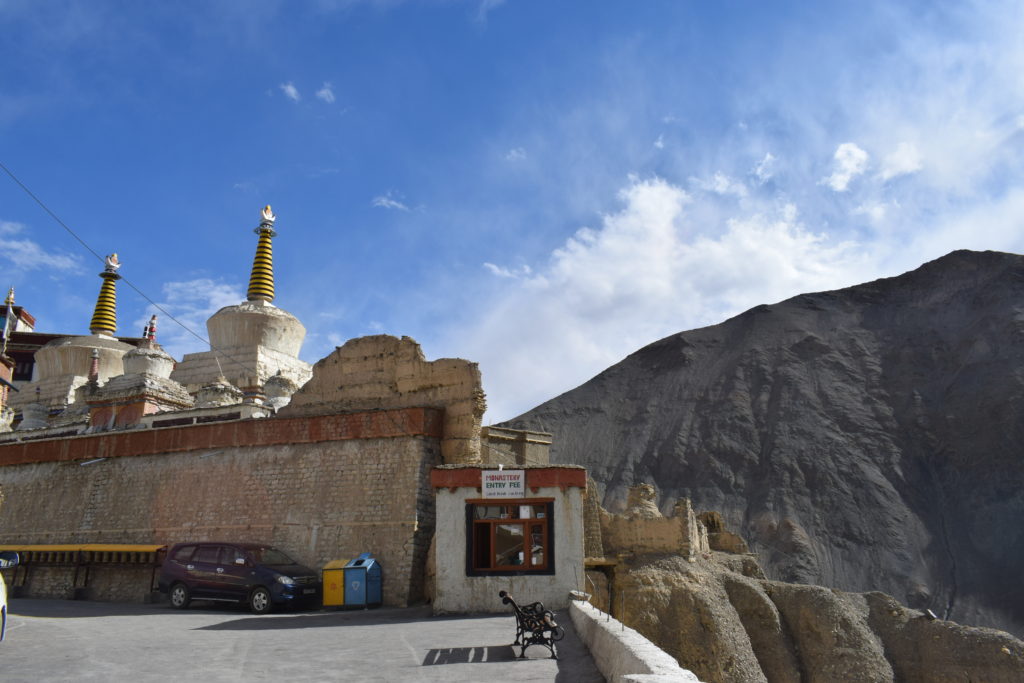
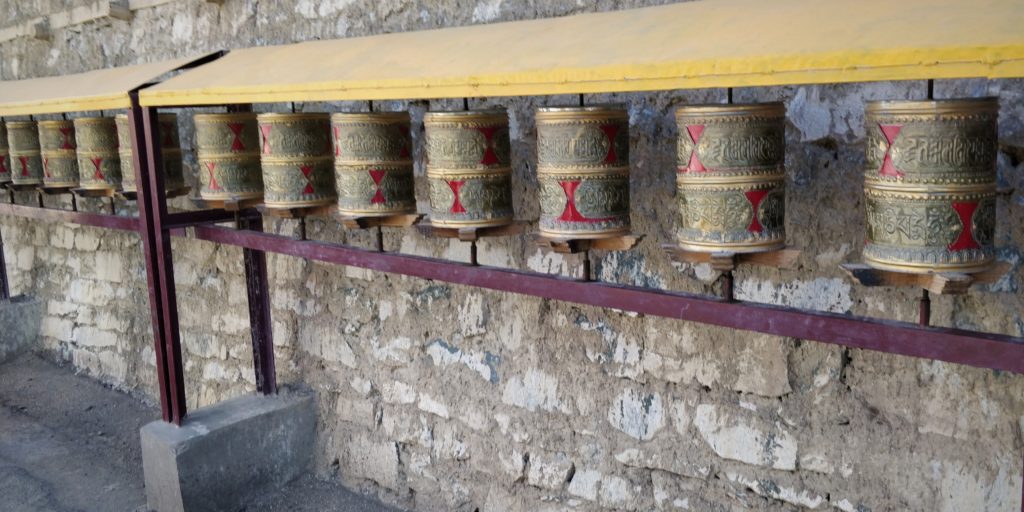
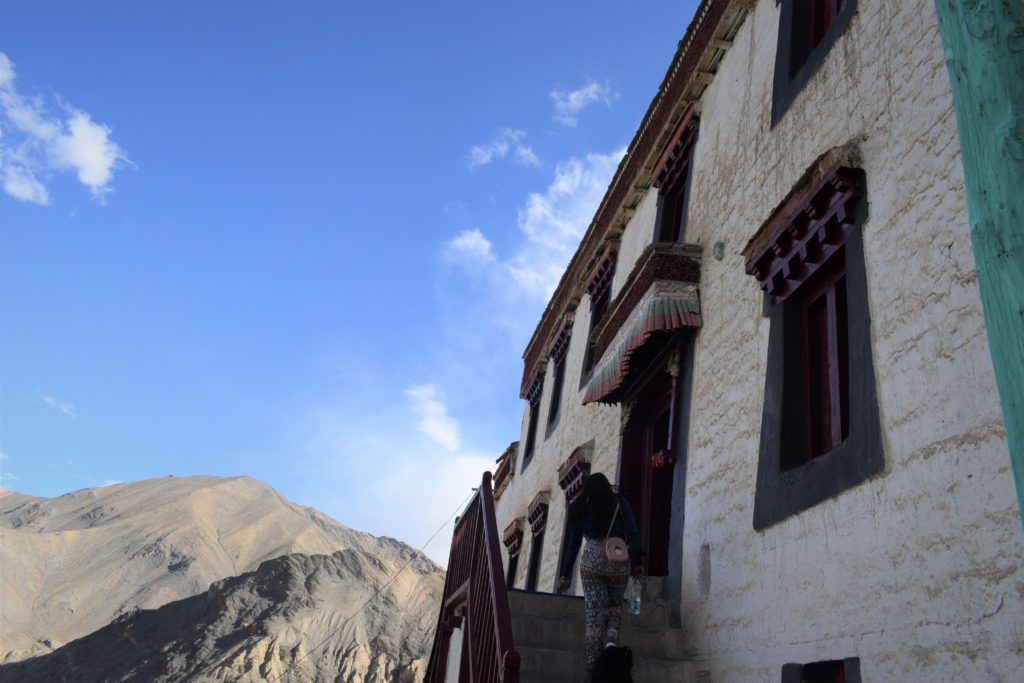
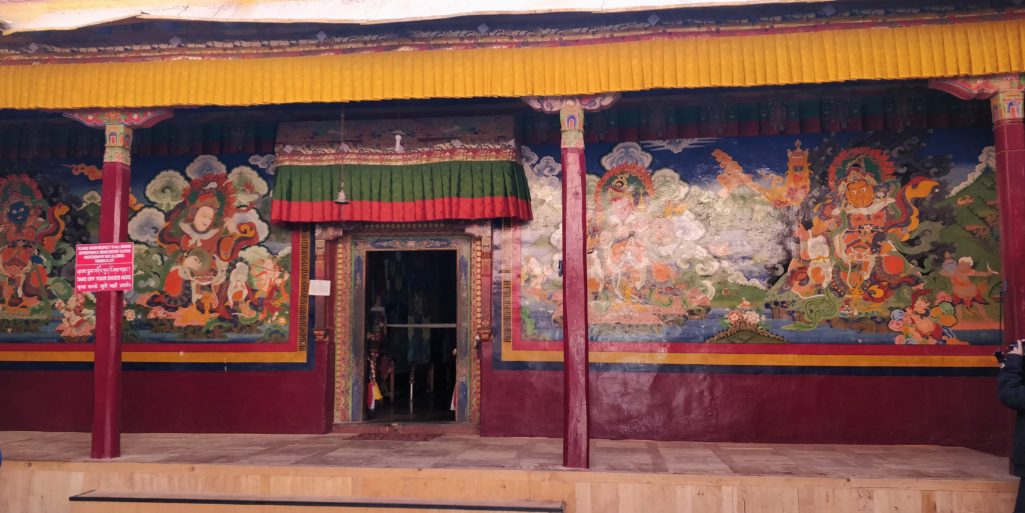
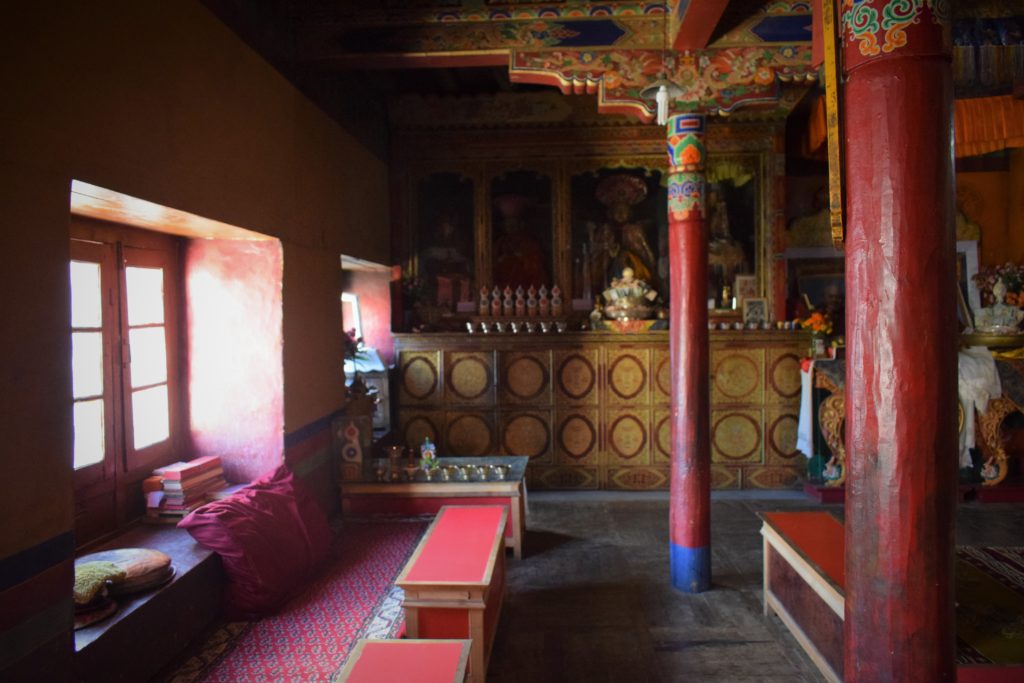

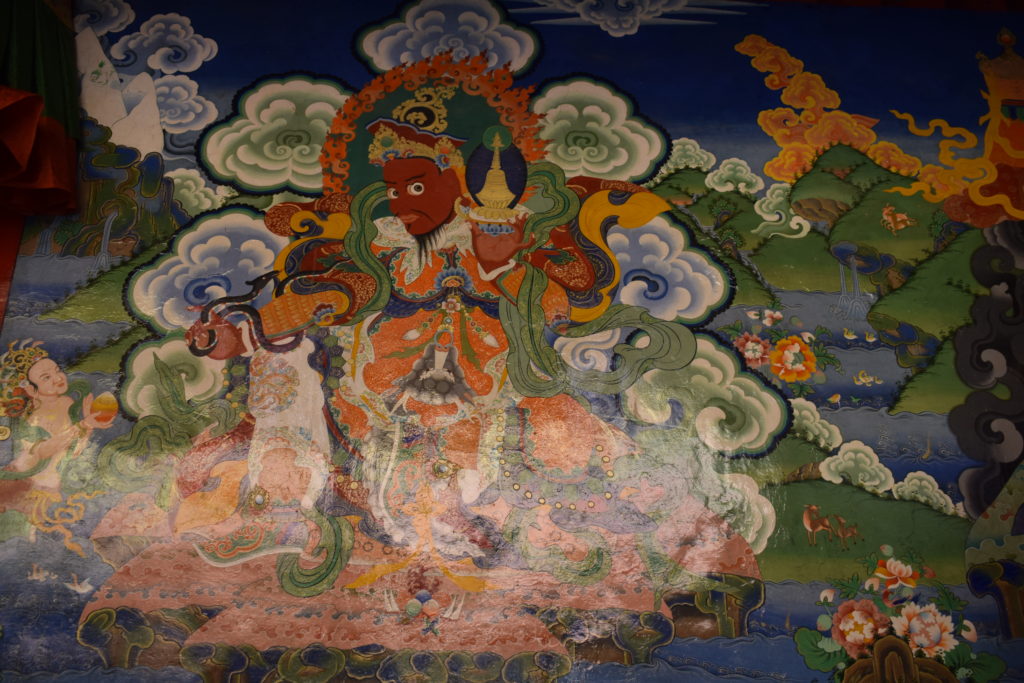
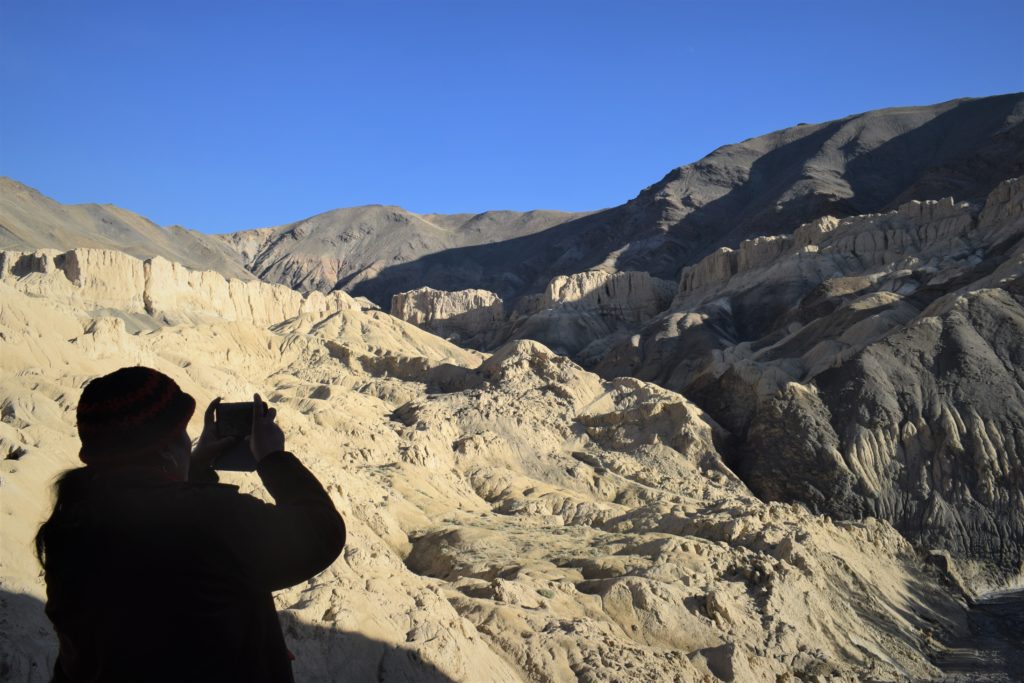
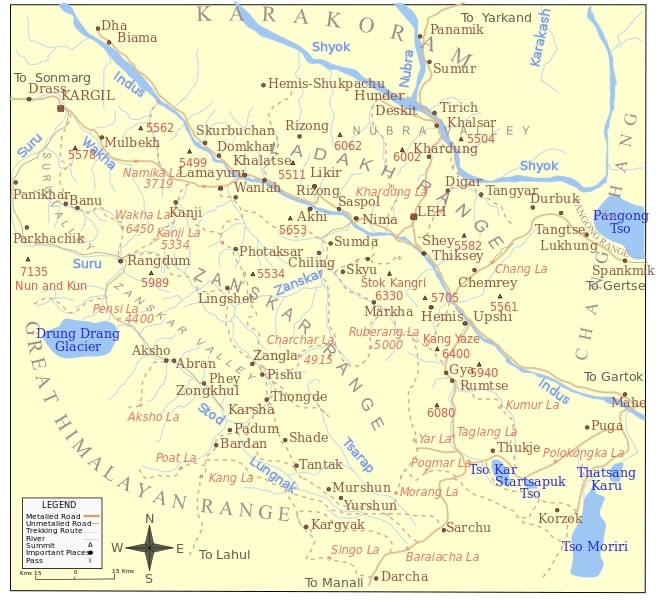
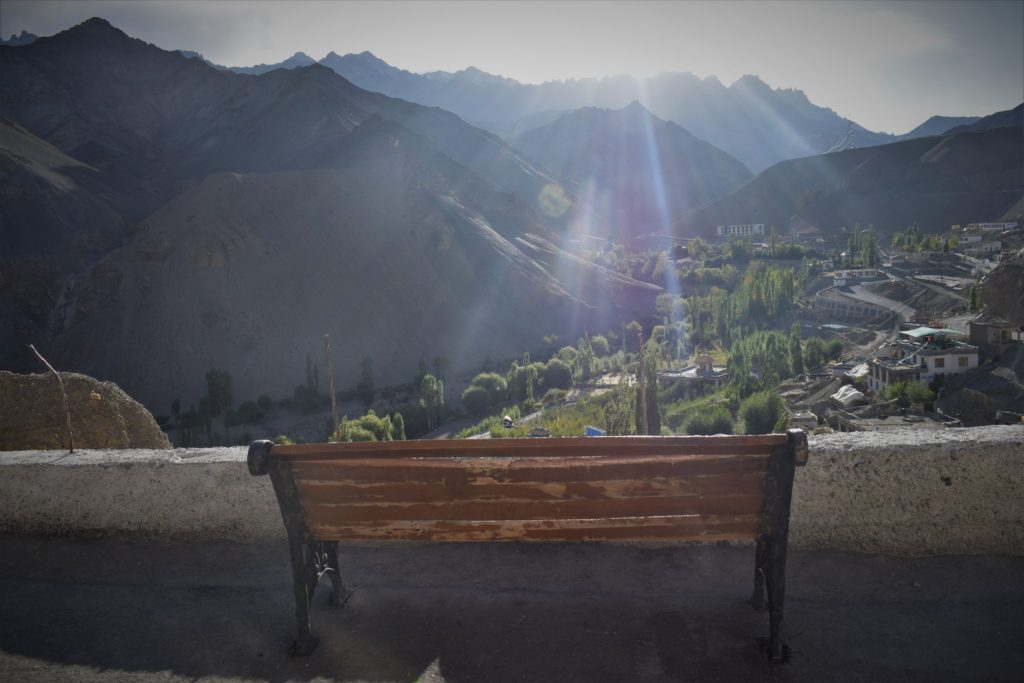



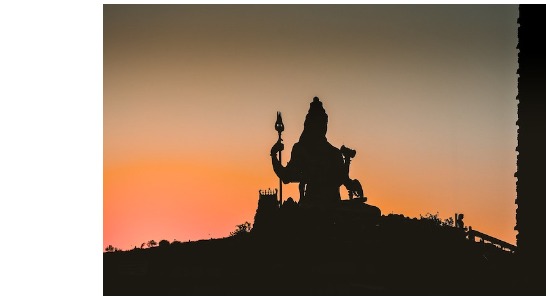

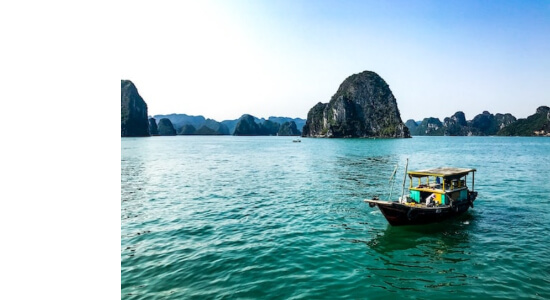
This was such a detail informative post .
I would call it a perfect guide for the visitor I am joyed reading the post and all the minute details about the place and would love to visit it Soon.
Love that you shared another gorgeous side of Ladakh. Everyone shares that mountain white sand and turquoise water pic but good to know that there is more to Ladakh which needs to be shared too.
What a beautiful and detailed post. The images look very good. It makes me want to visit!
This is such a detailed informative post. Loved reading your experience at Singay Lakhang. We are also planning a trip to Ladakh in June with our son, can’t wait to experience the beauty & magic of the hills.
Wow such a beautiful and detailed description of the place… Definitely will add this to my visit places… Love the weather there as well…
Lamayuru Monastery in Leh Ladakh even though is in ruins and looks like a simple structure , has an air of mystery and is commanding too .Sitting upon carved hills it looks weather beaten and yet stoic and strong. Your beautiful (and some what eerie!) description has really made it even more intriguing to me.
It’s rare that one finds a travel post complete in all aspects. I appreciate the in-depth thought and research you must have taken to impart so much information. I loved your post especially since I visited Lamayuru 8 months ago and could vividly imagine everything as it is. Big applause!
I have realised one thing. As a travel writer you leave no stone unturned and cover the subject from all aspects. That is the beauty og your travel posts and I would degfinitely love to read more of ot as and when you post.
Utpal Khot
Very informative post on Ladakh with such detailed description and amazing pictures. Totally loved it
What a beautifully written and informative blog post.
I have never visited Ladakh but reading your blog, I could imagine it perfectly in my mind.
Monasteries are some of my favourite place to visit. It’s so peaceful and the austerity is resounding